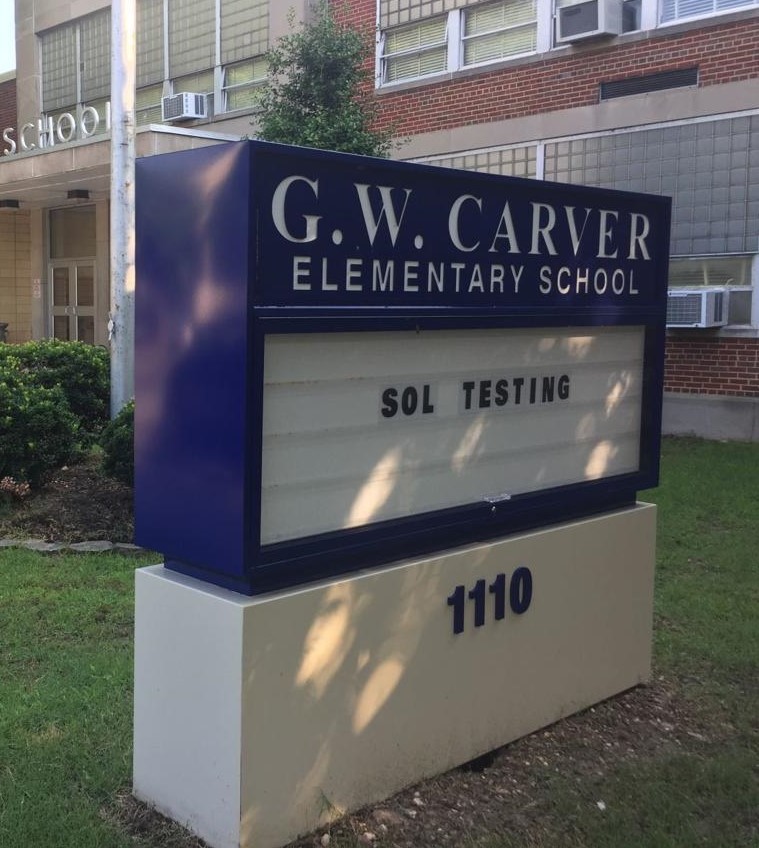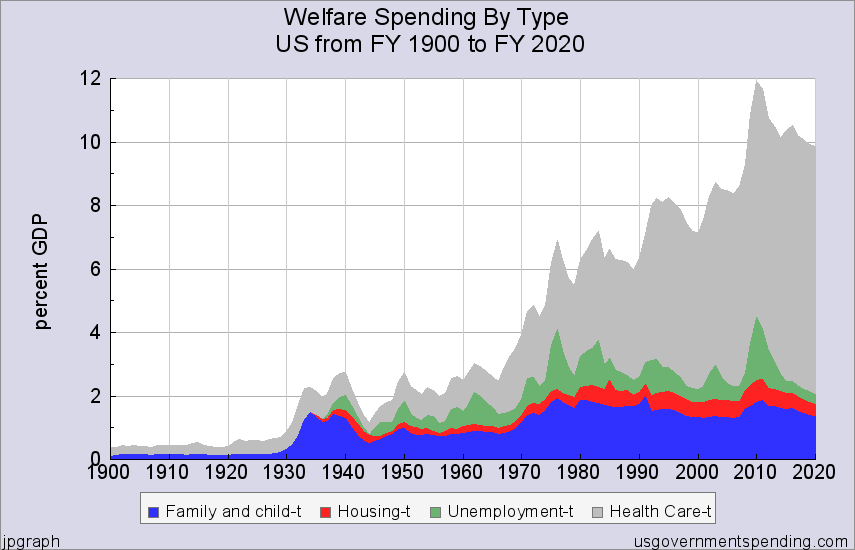Authors: Scott Gottlieb, Mark McClellan, Lauren Silvis, Caitlin Rivers, Crystal Watson.
Key Points
- This report provides a road map for navigating through the current COVID-19 pandemic in the United States. It outlines specific directions for adapting our public-health approach away from sweeping mitigation strategies as we limit the epidemic spread of COVID-19, such that we can transition to new tools and approaches to prevent further spread of the disease.
- The authors outline the steps that can be taken as epidemic transmission is brought under control in different regions. They also suggest measurable milestones for identifying when we can make these transitions and start reopening America for businesses and families.
- In each phase, the authors outline the steps that the federal government, working with the states and public-health and health care partners, should take to inform the response. This will take time, but planning for each phase should begin now so the infrastructure is in place when it is time to transition.
Executive Summary
This report provides a road map for navigating through the current COVID-19 pandemic in the United States. It outlines specific directions for adapting our public-health strategy as we limit the epidemic spread of COVID-19 and are able to transition to new tools and approaches to prevent further spread of the disease. We outline the steps that can be taken as epidemic transmission is brought under control in different regions. These steps can transition to tools and approaches that target those with infection rather than mitigation tactics that target entire populations in regions where transmission is widespread and not controlled. We suggest measurable milestones for identifying when we can make these transitions and start reopening America for businesses and families.
In each phase, we outline the steps that the federal government, working with the states and public-health and health care partners, should take to inform the response. This will take time, but planning for each phase should begin now so the infrastructure is in place when it is time to transition.
The specific milestones and markers included in the report for transitioning our responses are judgments based on our current understanding, with the goal of facilitating an effective path forward. The epidemic is evolving rapidly, and our understanding of best responses will evolve as well. The broad set of tasks described here requires and will receive high-level, ongoing attention, and it should be updated and refined as additional evidence, context, and insights about the epidemic become available.
To gradually move away from a reliance on physical distancing as our primary tool for controlling future spread, we need:
- Better data to identify areas of spread and the rate of exposure and immunity in the population;
- Improvements in state and local health care system capabilities, public-health infrastructure for early outbreak identification, case containment, and adequate medical supplies; and
- Therapeutic, prophylactic, and preventive treatments and better-informed medical interventions that give us the tools to protect the most vulnerable people and help rescue those who may become very sick.
Our stepwise approach depends on our ability to aggregate and analyze data in real time. To strengthen our public-health surveillance system to account for the unprecedented spread of COVID-19, we need to harness the power of technology and drive additional resources to our state and local public-health departments, which are on the front lines of case identification and contact tracing. Finally, we must expand our investments in pharmaceutical research and development into COVID-19 and promote the rapid deployment of effective diagnostics, therapies, and eventually a vaccine.
Slow the Spread in Phase I. This is the current phase of response. The COVID-19 epidemic in the United States is growing, with community transmission occurring in every state. To slow the spread in this period,1 schools are closed across the country, workers are being asked to do their jobs from home when possible, community gathering spaces such as malls and gyms are closed, and restaurants are being asked to limit their services. These measures will need to be in place in each state until transmission has measurably slowed down and health infrastructure can be scaled up to safely manage the outbreak and care for the sick.
State-by-State Reopening in Phase II. Individual states can move to Phase II when they are able to safely diagnose, treat, and isolate COVID-19 cases and their contacts. During this phase, schools and businesses can reopen, and much of normal life can begin to resume in a phased approach. However, some physical distancing measures and limitations on gatherings will still need to be in place to prevent transmission from accelerating again. For older adults (those over age 60), those with underlying health conditions, and other populations at heightened risk from COVID-19, continuing to limit time in the community will be important.
Public hygiene will be sharply improved, and deep cleanings on shared spaces should become more routine. Shared surfaces will be more frequently sanitized, among other measures. In addition to case-based interventions that more actively identify and isolate people with the disease and their contacts, the public will initially be asked to limit gatherings, and people will initially be asked to wear fabric nonmedical face masks while in the community to reduce their risk of asymptomatic spread. Those who are sick will be asked to stay home and seek testing for COVID-19. Testing should become more widespread and routine as point-of-care diagnostics are fully deployed in doctors’ offices.
While we focus on state-by-state reopening of activities in a responsible manner and based on surveillance data, we note that states may move forward at a county or regional level if these conditions vary within the state and that coordination on reopening among states that share metropolitan regions will be necessary.
Establish Immune Protection and Lift Physical Distancing During Phase III. Physical distancing restrictions and other Phase II measures can be lifted when safe and effective tools for mitigating the risk of COVID-19 are available, including broad surveillance, therapeutics that can rescue patients with significant disease or prevent serious illness in those most at risk, or a safe and effective vaccine.
Rebuild Our Readiness for the Next Pandemic in Phase IV. After we successfully defeat COVID-19, we must ensure that America is never again unprepared to face a new infectious disease threat. This will require investment into research and development initiatives, expansion of public-health and health care infrastructure and workforce, and clear governance structures to execute strong preparedness plans. Properly implemented, the steps described here also provide the foundation for containing the damage that future pathogens may cause.
Phase I: Slow the Spread
Goals
The goal of Phase I is to save lives by:
- Slowing the transmission of SARS-CoV-2 across the United States by reducing the effective reproduction number of infections,
- Increasing testing capacity to accommodate the ability to test everyone with symptoms and their close contacts, and
- Ensuring the health care system has the capacity to safely treat both COVID-19 patients and others requiring care.
A successful Phase I will allow for a significant relaxation of physical distancing measures and a progression to Phase II, when more targeted, case-based interventions are possible.
Thresholds for Action
Trigger to Begin to “Slow the Spread.” The trigger to implement nationwide “slow the spread” measures2 in Phase I is the existence in multiple geographic locations around the country of confirmed cases that cannot be traced back to other known cases (“community spread”).3 This trigger has already been reached in the United States.
Trigger to Move to Phase II. To guard against the risk that large outbreaks or epidemic spread could reignite once we lift our initial efforts to “slow the spread,” the trigger for a move to Phase II should be when a state reports a sustained reduction in cases for at least 14 days (i.e., one incubation period); and local hospitals are safely able to treat all patients requiring hospitalization without resorting to crisis standards of care4; and the capacity exists in the state to test all people with COVID-19 symptoms, along with state capacity to conduct active monitoring of all confirmed cases and their contacts.5
Stay-at-Home Advisories
The trigger for issuing a stay-at-home advisory6 in a US state is when case counts are doubling every three to five days7 (based on the current New York experience) or when state and local officials recommend it based on the local context (for example, growth on track to overwhelm the health system’s capacity).
The trigger for issuing a recommendation to step down from a stay-at-home-advisory back to “slow the spread” is when the number of new cases reported in a state has declined steadily for 14 days (i.e., one incubation period) and the jurisdiction is able to test everyone seeking care for COVID-19 symptoms.
Steps Required in Phase I
Maintain Physical Distancing. Each state must maintain community-level physical distancing measures8 until the threshold for moving to Phase II is met. These Phase I measures include:
- Closing community gathering spaces such as schools, shopping centers, dining areas, museums, and gyms statewide (places where people congregate indoors);
- Promoting telework for nonessential employees statewide;
- Urging the public to limit unnecessary domestic or international travel;
- Canceling or postponing meetings and mass gatherings;
- Shutting dining areas but encouraging restaurants to provide takeout and delivery services if possible;
- Issuing stay-at-home advisories in hot spots where transmission is particularly intense (i.e., when case counts are doubling in a city or locality every three to five days); and
- Monitoring community adherence to physical distancing and stay-at-home advisories, adjusting risk messaging as appropriate, and identifying alternative incentives for compliance if needed.
Increase Diagnostic Testing Capacity and Build Data Infrastructure for Rapid Sharing of Results. Same-day, point-of-care diagnostic testing (widely available in outpatient settings) is crucial for identifying cases, including those with asymptomatic and mild infections. To move from community-wide interventions that focus on large populations to case-based interventions that target and isolate individual people who are infected, capacity should be sufficient to test:
- Hospitalized patients (rapid diagnostics are needed for this population);
- Health care workers and workers in essential roles (those in community-facing roles in health and public safety);
- Close contacts of confirmed cases; and
- Outpatients with symptoms. (This is best accomplished with point-of-care diagnostics in doctors’ offices with guidelines that encourage widespread screening and mandated coverage for testing.)
We estimate that a national capacity of at least 750,000 tests per week would be sufficient to move to case-based interventions when paired with sufficient capacity in supportive public-health infrastructure (e.g., contact tracing).9 In conjunction with more widespread testing, we need to invest in new tools to make it efficient for providers to communicate test results and make data easily accessible to public-health officials working to contain future outbreaks.
Ensure Functioning of the Health Care System. Ensure sufficient critical-care capacity10 in hospitals to be able to immediately expand capacity from 2.8 critical-care beds per 10,000 adults to 5–7 beds per 10,000 adults in the setting of an epidemic or other emergency, allowing for regional variation.11 This target is a minimum, must be adequate for the current and forecasted level of demand, and must be accompanied by adequate staffing. Regional variation in capacity reflecting local needs is acceptable.
Expand access to ventilators in hospitals from 3 per 10,000 adults to a goal of 5–7 ventilators per 10,000 adults.12 This target does not include transport or anesthesia machines. This target is a minimum, must be adequate for the current and forecasted level of demand, and must be accompanied by adequate staffing. Regional variation in capacity reflecting local needs is acceptable.
Maintain access to acute-care hospital beds of at least 30 per 10,000 adults.13 Facilities should have a plan, in the case of a surge in hospital demand, for how the beds would be rapidly flexed from more discretionary uses (e.g., elective procedures) and adequately staffed, with access to adequate supplies of oxygen and other medical supplies.
This health care functioning target would also be met if critical-care and ventilator capacity does not expand to that level but COVID-19 incidence is maintained or falls meaningfully below the state’s capacity to meet critical-care demand. These capacity targets can also be partially met through the availability of ample mobile health care infrastructures (supported and perhaps maintained by federal or state governments) that can be distributed and set up on short notice to hot areas with surge capacity needs.
Increase Supply of Personal Protective Equipment. The Centers for Disease Control and Prevention (CDC) recommends, at a minimum, N95 respirators for hospital staff expected to have direct contact with COVID-19 patients, plus disposable procedural or surgical masks for all other clinical personnel in any health care setting.14 The supply chain should be able to reliably distribute sufficient N95 masks, gloves, and other personal protective equipment to protect health care workers from infection.
Implement Comprehensive COVID-19 Surveillance Systems. The move toward less restrictive physical distancing could precipitate another period of acceleration in case counts. Careful surveillance will be needed to monitor trends in incidence. A high-performing disease surveillance system should be established that leverages:
- Widespread and rapid testing at the point of care using cheaper, accessible, and sensitive point-of-care diagnostic tools that are authorized by the Food and Drug Administration (FDA);
- Serological testing to gauge background rates of exposure and immunity to inform public-health decision-making about the level of population-based mitigation required to prevent continued spread in the setting of an outbreak; and
- A comprehensive national sentinel surveillance system, supported by and coordinated with local public-health systems and health care providers, to track the background rate of infection across states and identify community spread while an outbreak is still small and at a stage in which case-based interventions can prevent a larger outbreak.
ILINet, the surveillance system for influenza-like illness in the United States, is a potential model for SARS-CoV-2 surveillance. To enable rapid and more effective detection and case management, SARS-CoV-2 surveillance will also benefit from data sharing and coordination with health care providers and payers. The CDC should convene an intergovernmental task force, with outside experts as needed and input from states and the health care community, to develop and support a new national surveillance system and data infrastructure for tracking and analyzing COVID-19.
Massively Scale Contact Tracing and Isolation and Quarantine. When a new case of COVID-19 is diagnosed, the patient should be isolated either at home or in a hospital, depending on the level of care he or she requires. Current CDC guidelines recommend seven days of isolation.15 Home isolation can be enforced using technology such as GPS tracking on cell phone apps. Also, the close contacts of confirmed cases (as defined by the CDC16) should be quarantined and monitored daily for 14 days. Monitoring of international travelers is also recommended.17
To scale these interventions to accommodate thousands of daily cases and tens of thousands of daily contacts, public-health infrastructure will need to be dramatically scaled up throughout the country, in coordination with the improving capacity of health care providers to prevent, diagnose, and treat COVID-19 cases.
The task force should also be charged with developing and overseeing an initiative to:
- Surge the existing public-health workforce to conduct case finding and contact tracing;
- Enable rapid reporting to state, local, and federal health authorities, through the public-health workforce and electronic data sharing from health care providers and labs; and
- Develop and field a technological approach to enable rapid data entry, reporting, and support for isolation, quarantine, and safe community-based treatment of affected individuals.
Offer Voluntary Local Isolation and Quarantine. Comfortable, free facilities should be provided for cases and their contacts who prefer local isolation, quarantine, and treatment away from home. For example, a member of a large household may wish to recover in a hotel room that has been repurposed rather than risk infecting family members. Isolation and quarantine away from home should not be mandatory or compelled by force.
The Federal Emergency Management Agency is the lead agency tasked with coordinating with state and local jurisdictions to stand up appropriate isolation and quarantine facilities. Field hospitals, dormitories, hotels, and military barracks may be appropriated for this purpose.
Encourage the Public to Wear Masks. There is emerging evidence that asymptomatic and presymptomatic transmission of COVID-19 is possible,18 which complicates efforts to pursue case-based interventions. To reduce this risk during Phase I, everyone, including people without symptoms, should be encouraged to wear nonmedical fabric face masks while in public.19
Face masks will be most effective at slowing the spread of SARS-CoV-2 if they are widely used, because they may help prevent people who are asymptomatically infected from transmitting the disease unknowingly. Face masks are used widely by members of the public in some countries that have successfully managed their outbreaks, including South Korea and Hong Kong.20 The World Health Organization (WHO) recommended members of the public use face masks in the event of a severe influenza pandemic.21
However, personal protective equipment should continue to be reserved for health care workers until supplies are sufficient for them and abundant. For this reason, right now members of the general public should opt to wear nonmedical fabric face masks when going out in public. The CDC should issue guidelines on the proper design of such nonmedical fabric face masks. Consumers may be able to fashion these masks themselves using available washable materials, or they may become available in the consumer marketplace.
Trigger for Moving to Phase II
A state can safely proceed to Phase II when it has achieved all the following:
- A sustained reduction in cases for at least 14 days,
- Hospitals in the state are safely able to treat all patients requiring hospitalization without resorting to crisis standards of care,22
- The state is able to test all people with COVID-19 symptoms, and
- The state is able to conduct active monitoring of confirmed cases and their contacts.23
Phase II: Reopen, State by State
In Phase II, the majority of schools, universities, and businesses can reopen. Teleworking should continue where convenient; social gatherings should continue to be limited to fewer than 50 people wherever possible. Other local restrictions should be considered, such as those that limit people from congregating in close proximity.
High-contact settings such as schools should continue to review and implement physical distancing measures with guidance from the CDC and input from local officials. Health officials should recommend increased social hygiene measures and cleaning of shared surfaces.
For older adults (those over 60 years old), those with underlying health conditions, and other populations at heightened risk from COVID-19, it should still be recommended that they limit time in the community during Phase II. This recommendation may change if an effective therapeutic becomes available.
We need to consider these activities on a coordinated, regional basis through multistate cooperation. While state and local governments maintain sovereignty over issues related to their public-health response, coordination based on regions that cross state boundaries will be crucial. Large states with multiple urban areas and rural regions may implement reopening at a regional level. States that share major metropolitan areas (for example, New York, New Jersey, and Connecticut) should assure that the conditions for reopening these areas are met across the relevant state boundaries.
Goals
The goals of Phase II are to:
- Lift strict physical distancing measures in a concerted and careful fashion,
- Allow the vast majority of businesses and schools to open, and
- Continue to control SARS-CoV-2 transmission so we do not revert back to Phase I.
The adoption of these Phase II measures will require a careful balance. We will need to constantly reevaluate the implementation of these measures based on available surveillance data, and we will need to be ready to adjust our approach over time according to the epidemiology of local, national, and global spread. This is especially true as we transition from one phase to the next.
Thresholds for Action
Trigger to Lift Physical Distancing Measures. Once the criteria for the transition from Phase I to Phase II have been met and we begin to move away from the “slow the spread” period, leaders at the state level should begin an incremental easing of physical distancing measures. This should be done gradually and should be paired with increased surveillance for new cases. State officials should make decisions about the selection and timing of restrictions to lift based on their local contexts. Restrictions should be eased gradually, with sufficient time between each adjustment to carefully monitor for resurgence of transmission.
Trigger for Returning to Phase I, “Slow the Spread.” As physical distancing is gradually eased, surveillance will be essential for quickly identifying an increase in cases in the state. A state should revert to Phase I and continue “slow the spread” if a substantial number of cases cannot be traced back to known cases, if there is a sustained rise in new cases for five days, or if hospitals in the state are no longer able to safely treat all patients requiring hospitalization.
Trigger for Moving to Phase III. Once a vaccine has been developed, has been tested for safety and efficacy, and receives FDA emergency use authorization,24 or there are other therapeutic options that can be used for preventive or treatment indications and that have a measurable impact on disease activity and can help rescue very sick patients, states can move to Phase III.
Steps Required in Phase II
Implement Case-Based Interventions. Using the public-health capacities developed in Phase I, every confirmed case should be isolated either at home, in a hospital, or (voluntarily) in a local isolation facility for at least seven days, or according to the latest CDC guidance. People awaiting test results should be advised to quarantine until their results are returned.
The close contacts of confirmed cases should be traced and placed under home or central quarantine, with active daily monitoring for at least 14 days, or according to the latest CDC guidance. Diagnostic tests should be immediately administered to any close contacts who develop symptoms.
Begin to Relax Physical Distancing Measures. General physical distancing precautions should still be the norm during Phase II, including teleworking (as much as possible), maintaining hand hygiene and respiratory etiquette, wearing a mask in public, regularly disinfecting high-touch surfaces, and initially limiting social gatherings to fewer than 50 people. These recommendations should be augmented through technological solutions to understand physical distancing behaviors and adjust risk messaging as needed. This should be accomplished through partnerships with the private sector, with careful attention paid to preserving privacy and avoiding coercive means to encourage compliance.
As children return to school and daycare (i.e., high-contact settings) and people return to high-density workplaces, leaders of these organizations should continue to review and implement physical distancing measures based on guidance from the CDC for schools and businesses.25
Special Care for Vulnerable Populations. While easing of physical distancing is taking place, highly vulnerable populations,26 such as individuals older than age 60 and those with compromised immune systems or compromised lung and heart function, should continue to engage in physical distancing as much as possible until a vaccine is available, an effective treatment is available, or there is no longer community transmission. Special attention should be paid to long-term-care facilities and nursing homes.27 These facilities will need to maintain high levels of infection prevention and control efforts and limit visitors to prevent outbreaks.
If a treatment or prophylactic, such as a monoclonal antibody,28 becomes available, high-risk and vulnerable populations should be prioritized to receive it, to both protect those individuals and reduce the likelihood of an increase in severe illnesses and additional patient surge in hospital intensive care units (ICUs).
Accelerate the Development of Therapeutics. Therapeutics play an important role in caring for those who are sick. Accelerating the research, development, production, and distribution of safe and effective therapeutics is a top priority. With effective development strategies and early investments in commercial-scale manufacturing, a successful therapeutic could receive emergency use authorization or approval as early as the summer or fall, if trials demonstrate that it meets either standard.
Therapeutics can serve a number of roles. First, they can serve as a prophylaxis to help prevent infection in those at greatest risk of infection, such as front-line health care workers, or those at risk of bad outcomes, such as individuals with preexisting health conditions and those who are immunocompromised. Such a treatment could include a recombinant antibody that can target the virus surface antigens. As an example, researchers successfully developed such a therapeutic against Ebola. These antibody drugs can also be used to treat early infection or as a postexposure prophylaxis.
Other therapeutics might include antiviral drugs that target features of how the virus replicates. These drugs can be used to treat people who are critically ill or earlier in the course of disease for those at risk of developing a complication. Antiviral drugs can also be used as postexposure prophylaxis, depending on their safety profile. Postexposure prophylaxis and products that shorten the duration and intensity of viral shedding may affect the effective reproduction number only modestly. In addition, immune-modulating treatments may prove to be helpful in mitigating severe lung complications in some patients. A number of promising drugs are in early and mid-stage development.
At a minimum, the optimal profile for a therapeutic that will affect the risk from future spread is one that meaningfully reduces the risk of death or severe disease and perhaps prevents the onset of symptoms or progression to severe disease in those exposed. Oral administration at the outpatient level would be ideal, but alternative administration requirements (e.g., infusion and jet injections) could also be scaled, with sufficient planning.
While private industry has already organized a large task force to share information and capabilities to rapidly advance promising therapies, we need a commensurate focus by federal agencies to make sure the best possible resources are brought to this mission. Federal agencies should join organized efforts already underway in the private sector.
Identify Those Who Are Immune. Serology is a method used to identify evidence of immunity in someone who has recovered from infection. With accurate and widely available serological testing, we can identify people who are immune and therefore no longer vulnerable to infection. While we need to better understand the strength of the immune response in mild cases and how long people remain immune from reinfection, we know there is a period where most people will have sufficient antibodies to offer protection. People who are immune could:
- Return to work,
- Serve in high-risk roles such as those at the front lines of the health care system, and
- Serve in roles that support community functioning for people who are still physically distancing (e.g., the elderly who continue to quarantine at home).
To use serology in this way, serological assays are needed and should be widely available, accurate, rapid, and low cost. Such assays have already been developed by researchers, but they have not yet been fully validated and are not available at scale.
A task force comprised of senior leaders from the CDC, the Biomedical Advanced Research and Development Authority, the National Institute of Allergy and Infectious Diseases, the Department of Defense (DOD), the FDA, academia, and key private-sector groups (e.g., serological manufacturing companies) should be tasked to oversee the development, production, distribution, data collection, serological survey designs, and analytics for use of serology at scale.29
Trigger for Moving to Phase III
Once a vaccine has been developed, has been tested for safety and efficacy, and receives FDA emergency use authorization,30 states can move to Phase III.
Phase III: Establish Protection Then Lift All Restrictions
Once a robust surveillance sentinel system is in place, coupled with widespread point-of-care testing and a robust ability to implement tracing, isolation, and quarantines—and this is supported by the availability of therapeutics that can help mitigate the risk of spread or reduce serious outcomes in those with infections—or alternatively a vaccine has been developed and tested for safety and efficacy, we can enter Phase III. The availability of these technologies (and eventually a safe and effective vaccine) will have economic and social benefits, in addition to health benefits.
Goals
The goals of safe and effective technologies for controlling transmission are to:
- Prevent infection;
- Treat those with early disease to prevent bad outcomes;
- Provide a prophylaxis for those exposed to infection to prevent them from developing disease or reduce its severity;
- In the case of a vaccine, build population-level immunity to the virus in order to reduce illness and death and stop or greatly slow spread; and
- Enable the lifting of all physical distancing measures.
Thresholds for Action
Trigger to Begin Manufacturing Scale-Up and Vaccine or Therapeutic Prioritization Planning. As soon as a vaccine or therapeutic looks promising in pivotal clinical trials (i.e., it has been shown to be safe and looks like it will also be effective),31 the US government should work with industry to begin planning for mass manufacturing, distribution, and administration. New provisions enacted under the recently passed the Coronavirus Aid, Relief, and Economic Security Act allow for large-scale manufacturing of promising therapies, in advance of approval, to help make sure there will be adequate supply available for mass distribution, should a product demonstrate that it is safe and effective and win regulatory approval.
Trigger for Switch Toward Mass Vaccination. Once availability of a vaccine or therapeutic is able to meet demand, vaccination can expand beyond priority groups. The CDC, state public-health agencies, and vaccine developers should work together to plan for and execute mass vaccination of large populations in the US. This planning can begin before Phase III because preparation can be made regardless of vaccine availability.
Steps to Take in Phase III
Vaccine or Therapeutic Production. Once a safe and effective vaccine or therapeutic has been licensed, it will need to be quickly manufactured at scale. The Public Health Emergency Medical Countermeasures enterprise,32 in coordination with pharmaceutical companies and other private-sector stakeholders, should continue to plan for and implement mass production capable of quickly meeting US demand.
Vaccine or Therapeutic Prioritization—When Supply Is Still Limited. The CDC, the National Institutes of Health, the Office of the Assistant Secretary for Preparedness and Response, the DOD, and other stakeholders should revise prior influenza vaccine prioritization guidance to apply specifically to COVID-19.33 The new prioritization guidance for the COVID-19 vaccine should identify priority groups for targeted distribution when a safe and effective vaccine starts to become available. The guidance should be transparent and explain the reasoning for priorities, including the populations in which the vaccine was studied, and should be a phased approach that expands to additional priority groups as vaccine availability expands. The guidance should be reflected in COVID-19 payment policies implemented by the Centers for Medicare & Medicaid Services (CMS) and private insurers, with treatment available at no cost to individuals who meet the priority guidance and a mechanism for reimbursement for individuals who are uninsured.
Mass Vaccination or Therapeutic Distribution—When Supply Is Abundant. The CDC should work with state and local health officials, health care providers, CMS and health insurers, and other public-health stakeholders to create a national plan for how mass vaccination will be carried out across the country. This plan should identify who will administer vaccinations, where vaccines will be offered, and how data will be collected on vaccination rates, as well as possible adverse events from the vaccine. Indemnification of vaccine developers and manufacturers should also be considered. Congress could enact legislation to support a process for compensation of any individual who has an adverse event from the vaccine, which requires medical care.
Global Vaccine Scale-Up and Vaccination. The CDC, the US Agency for International Development, the State Department, and other US stakeholders should continue to work with WHO and other international organizations and national leaders to plan for how the US will assist other countries (particularly low- and middle-income countries) with obtaining vaccine and implementing mass vaccination. Support from the United States and higher-income nations will be critical for controlling the virus globally and saving lives around the world, as well as reducing the impact that future waves of the pandemic may have on the US population.
Serological Surveys to Determine Population Immunity. One key input for understanding the population at risk is the fraction of the population who have recovered and are protected against reinfection. If a sufficiently high fraction of the population has become immune either through natural recovery or vaccination, remaining restrictions can be lifted. The CDC should be the lead agency for coordinating ongoing serological surveys.
Phase IV: Rebuild Our Readiness for the Next Pandemic
The COVID-19 pandemic has exposed serious gaps in our nation’s pandemic preparedness. COVID-19 will not be the last public-health emergency to threaten American society. We must invest in the scientific, public-health, and medical infrastructure needed to prevent, detect, and respond to the next infectious disease threat.
Develop Vaccines for Novel Viruses in Months, Not Years. In response to COVID-19 and in preparation for the next previously unidentified health threat (“Disease X”34), the United States should lead the way by setting an ambitious goal of rapidly developing medical countermeasures for novel or unknown threats in months, not years. A dedicated strategy, program, and funding will be needed to create the ability at existing agencies within the US Department of Health and Human Services and DOD to quickly develop flexible platforms and countermeasures for any type of novel pathogen.35 This strategy should include supporting flexible manufacturing capacity to scale up production to a global level in an emergency.
Modernize and Fortify the Health Care System. We must improve our hospital-bed and ICU capacity to accommodate large surges of patients through public-private partnerships, for example, by enhancing the Hospital Preparedness Program36 and the Public Health Emergency Preparedness Cooperative Agreement37 and emphasizing preparedness in federal health care programs (e.g., the CMS38 and the Department of Veterans Affairs39). We must also expand the supply chain of personal protective equipment and further the development of crisis standards of care. To reduce future burdens on our critical-care systems, we must also support our primary and community care capabilities to identify populations at elevated risk, detect cases early, and manage them at home or in the community more effectively. Health care payers have been implementing payment reforms to support better screening and population health management. Emergency supplemental payments to health care providers in the current pandemic and future health care payments should be linked to establishing better surge capacity for severe cases and stronger capabilities to partner with public-health authorities to contain outbreaks and reduce the burden on hospitals.
Establish a National Infectious Disease Forecasting Center. Given the important role of infectious disease modeling in supporting public-health decision-making, we should increase our nation’s capacity to use infectious disease modeling40 to support public-health decision-making by establishing a national infectious disease forecasting center. This permanent federal institution would function similarly to the National Weather Service, providing a centralized capability for both producing models and undertaking investigations to improve methods used to advance basic science, data science, and visualization capabilities. It would also provide decision support to public-health agencies based on modeling and analytic results.
Governance. We need to move away from a decentralized system that promotes unequal implementation of preparedness measures across the nation and toward a more coordinated execution of response. We should develop clear and effective plans for the implementation of public-health measures such as quarantine and the unification of actions made by state and local health departments. Outbreaks are matters of regional—and more typically national—concern. Preparedness for public-health emergencies should be elevated as a function in the White House, with a coordinating function analogous to the director of national intelligence.
Acknowledgments
The authors are grateful for policy input and review of the document by Anita Cicero, JD; Thomas Inglesby, MD; Eric Toner, MD; Elena Martin, MPH; Dylan George, PhD; Jason Asher, PhD; and Trevor Bedford, PhD.
About the Authors
Scott Gottlieb is a resident fellow at the American Enterprise Institute and was the Food and Drug Administration commissioner from 2017 to 2019. He serves on the boards of Pfizer Inc. and Illumina.
Mark McClellan, who directs the Duke-Margolis Center for Health Policy, was commissioner of the Food and Drug Administration from 2002 to 2004. He is an independent board member at Alignment Health Care, Cigna, Johnson & Johnson, and Seer. He is a co-chair of the Health Care Payment Learning and Action Network and receives advisory fees from Arsenal Capital, CRG, and Mitre.
Lauren Silvis is a senior vice president at Tempus Inc. and was previously the deputy director of the Food and Drug Administration’s medical device center and the agency’s chief of staff from 2017 to 2019.
Caitlin Rivers is an epidemiologist and assistant professor at the Johns Hopkins Center for Health Security.
Crystal Watson is a health security expert and assistant professor at the Johns Hopkins Center for Health Security.
Notes
1. White House, “15 Days to Slow the Spread,” March 16, 2020, https://www.whitehouse.gov/articles/15-days-slow-spread/.
2. White House, “15 Days to Slow the Spread.”
3. Centers for Disease Control and Prevention, “How Coronavirus Spreads,” March 4, 2020, https://www.cdc.gov/coronavirus/2019-ncov/prevent-getting-sick/how-covid-spreads.html.
4. Institute of Medicine, Crisis Standards of Care: Summary of a Workshop Series (Washington, DC: National Academies Press, 2010), https://www.ncbi.nlm.nih.gov/books/NBK32749/.
5. Centers for Disease Control and Prevention, “Interim US Guidance for Risk Assessment and Public Health Management of Persons with Potential Coronavirus Disease 2019 (COVID-19) Exposures: Geographic Risk and Contacts of Laboratory-Confirmed Cases,” March 22, 2020, https://www.cdc.gov/coronavirus/2019-ncov/php/risk-assessment.html.
6. Sarah Mervosh, Denise Lu, and Vanessa Swales, “See Which States and Cities Have Told Residents to Stay at Home,” New York Times, March 28, 2020, https://www.nytimes.com/interactive/2020/us/coronavirus-stay-at-home-order.html.
7. Qun Li et al., “Early Transmission Dynamics in Wuhan, China, of Novel Coronavirus–Infected Pneumonia,” New England Journal of Medicine 382 (March 2020): 1199–207, https://www.nejm.org/doi/full/10.1056/NEJMoa2001316.
8. Centers for Disease Control and Prevention, “Interim US Guidance for Risk Assessment and Public Health Management of Persons with Potential Coronavirus Disease 2019 (COVID-19) Exposures.”
9. During the 2017–18 flu season (which was particularly severe), there were 18,000,000–27,000,000 medical visits for influenza-like illness spread out over approximately 32 weeks, averaging 562,000–844,000 visits per week. However, those visits were not evenly distributed throughout the season, and peak demand was higher, so we estimate a national capacity of approximately 750,000 would meet demand. South Korea has tested 1 in 170 people, cumulatively. To do the same, we would need to test 1.9 million people, which we could achieve in around 2.5 weeks with a capacity of 750,000/week.
10. Neil A. Halpern and Kay See Tan, “U.S. ICU Resource Availability for COVID-19,” Society of Critical Care Medicine, March 25, 2020, https://sccm.org/getattachment/Blog/March-2020/United-States-Resource-Availability-for-COVID-19/United-States-Resource-Availability-for-COVID-19.pdf.
11. Preliminary research suggests that a Wuhan-like outbreak in the United States would require 2.1 to 4.9 critical care beds per 10,000 adults. However, a majority of those beds are in use for non-COVID-19 patients requiring critical care for other conditions. We estimate that approximately 5–7 beds per 10,000 adults would accommodate both patient groups. Ruoran Li et al., “The Demand for Inpatient and ICU Beds for COVID-19 in the US: Lessons from Chinese Cities” (working paper, March 16, 2020), https://www.medrxiv.org/content/10.1101/2020.03.09.20033241v2.full.pdf.
12. Halpern and See Tan, “U.S. ICU Resource Availability for COVID-19.”
13. Halpern and See Tan, “U.S. ICU Resource Availability for COVID-19.”
14. Centers for Disease Control and Prevention, “Interim Infection Prevention and Control Recommendations for Patients with Suspected or Confirmed Coronavirus Disease 2019 (COVID-19) in Healthcare Settings,” March 19, 2020, https://www.cdc.gov/coronavirus/2019-ncov/infection-control/control-recommendations.html.
15. Centers for Disease Control and Prevention, “Discontinuation of Home Isolation for Persons with COVID-19 (Interim Guidance),” March 16, 2020, https://www.cdc.gov/coronavirus/2019-ncov/hcp/disposition-in-home-patients.html.
16. Centers for Disease Control and Prevention, “Interim US Guidance for Risk Assessment and Public Health Management of Persons with Potential Coronavirus Disease 2019 (COVID-19) Exposures.”
17. Centers for Disease Control and Prevention, “Travelers Returning from International Travel,” March 27, 2020, https://www.cdc.gov/coronavirus/2019-ncov/travelers/after-travel-precautions.html.
18. Centers for Disease Control and Prevention, “Healthcare Professionals: Frequently Asked Questions and Answers,” March 22, 2020, https://www.cdc.gov/coronavirus/2019-ncov/hcp/faq.html.
19. Shuo Feng et al., “Rational Use of Face Masks in the COVID-19 Pandemic,” Lancet, March 20, 2020, https://www.thelancet.com/journals/lanres/article/PIIS2213-2600(20)30134-X/fulltext.
20. Kylie E. C. Ainslie et al., “Report 11: Evidence of Initial Success for China Exiting COVID-19 Social Distancing Policy After Achieving Containment,” Imperial College COVID-19 Response Team, March 24, 2020, https://www.imperial.ac.uk/media/imperial-college/medicine/sph/ide/gida-fellowships/Imperial-College-COVID19-Exiting-Social-Distancing-24-03-2020.pdf.
21. World Health Organization, Non-Pharmaceutical Public Health Measures for Mitigating the Risk and Impact of Epidemic and Pandemic Influenza, 2019, https://apps.who.int/iris/bitstream/handle/10665/329438/9789241516839-eng.pdf.
22. Institute of Medicine, Crisis Standards of Care.
23. Centers for Disease Control and Prevention, “Interim US Guidance for Risk Assessment and Public Health Management of Persons with Potential Coronavirus Disease 2019 (COVID-19) Exposures.”
24. Feng et al., “Rational Use of Face Masks in the COVID-19 Pandemic.”
25. Centers for Disease Control and Prevention, “Schools, Workplaces & Community Locations,” March 21, 2020, https://www.cdc.gov/coronavirus/2019-ncov/community/index.html.
26. Centers for Disease Control and Prevention, “People Who Are at Higher Risk for Severe Illness,” March 26, 2020, https://www.cdc.gov/coronavirus/2019-ncov/need-extra-precautions/people-at-higher-risk.html.
27. Centers for Disease Control and Prevention, “Preparing for COVID-19: Long-Term Care Facilities, Nursing Homes,” March 21, 2020, https://www.cdc.gov/coronavirus/2019-ncov/healthcare-facilities/prevent-spread-in-long-term-care-facilities.html.
28. National Cancer Institute, “NCI Dictionary of Cancer Terms,” s.v. “monoclonal antibody,” https://www.cancer.gov/publications/dictionaries/cancer-terms/def/monoclonal-antibody.
29. Centers for Disease Control and Prevention, “Coronavirus (COVID-19),” https://www.cdc.gov/coronavirus/2019-ncov/index.html; US Department of Health and Human Services, “BARDA’s Novel Coronavirus Medical Countermeasure Portfolio,” March 25, 2020, https://www.phe.gov/emergency/events/COVID19/Pages/BARDA.aspx; National Institute of Allergy and Infectious Diseases, https://www.niaid.nih.gov/; US Department of Defense, “Coronavirus: DOD Response,” https://www.defense.gov/Explore/Spotlight/Coronavirus/; and US Food and Drug Administration, “Coronavirus Disease 2019 (COVID-19),” https://www.fda.gov/emergency-preparedness-and-response/counterterrorism-and-emerging-threats/coronavirus-disease-2019-covid-19.
30. US Food and Drug Administration, “Emergency Use Authorization,” https://www.fda.gov/emergency-preparedness-and-response/mcm-legal-regulatory-and-policy-framework/emergency-use-authorization.
31. US Food and Drug Administration, “Step 3: Clinical Research,” https://www.fda.gov/patients/drug-development-process/step-3-clinical-research#Clinical_Research_Phase_Studies.
32. US Department of Health and Human Services, “Public Health Emergency Medical Countermeasures Enterprise,” January 29, 2020, https://www.phe.gov/Preparedness/mcm/phemce/Pages/default.aspx.
33. Centers for Disease Control and Prevention, Interim Updated Planning Guidance on Allocating and Targeting Pandemic Influenza Vaccine During an Influenza Pandemic, https://www.cdc.gov/flu/pandemic-resources/pdf/2018-Influenza-Guidance.pdf.
34. World Health Organization, “Prioritizing Diseases for Research and Development in Emergency Contexts,” https://www.who.int/activities/prioritizing-diseases-for-research-and-development-in-emergency-contexts.
35. Johns Hopkins Bloomberg School of Public Health, Center for Health Security, Vaccine Platforms: State of the Field and Looming Challenges, 2019, https://www.centerforhealthsecurity.org/our-work/pubs_archive/pubs-pdfs/2019/190423-OPP-platform-report.pdf.
36. US Department of Health and Human Services, “Hospital Preparedness Program (HPP),” https://www.phe.gov/Preparedness/planning/hpp/Pages/default.aspx.
37. Centers for Disease Control and Prevention, “Public Health Emergency Preparedness (PHEP) Cooperative Agreement,” March 27, 2020, https://www.cdc.gov/cpr/readiness/phep.htm.
38. Centers for Medicare & Medicaid Services, “Coronavirus (COVID-19) Partner Toolkit,” March 27, 2020, https://www.cms.gov/outreach-education/partner-resources/coronavirus-covid-19-partner-toolkit.
39. US Department of Veterans Affairs, “Coronavirus FAQs: What Veterans Need to Know,” https://www.va.gov/coronavirus-veteran-frequently-asked-questions/.
40. Johns Hopkins Bloomberg School of Public Health, Center for Health Security, Modernizing and Expanding Outbreak Science to Support Better Decision Making During Public Health Crises: Lessons for COVID-19 and Beyond, 2020, https://www.centerforhealthsecurity.org/our-work/pubs_archive/pubs-pdfs/2020/200324-outbreak-science.pdf.
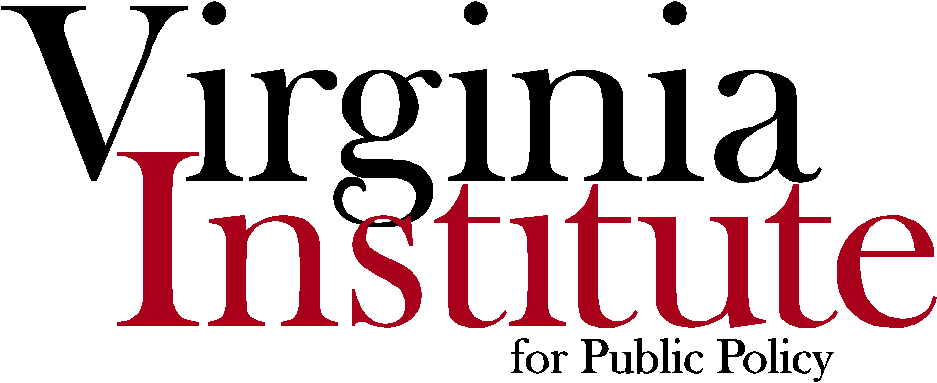

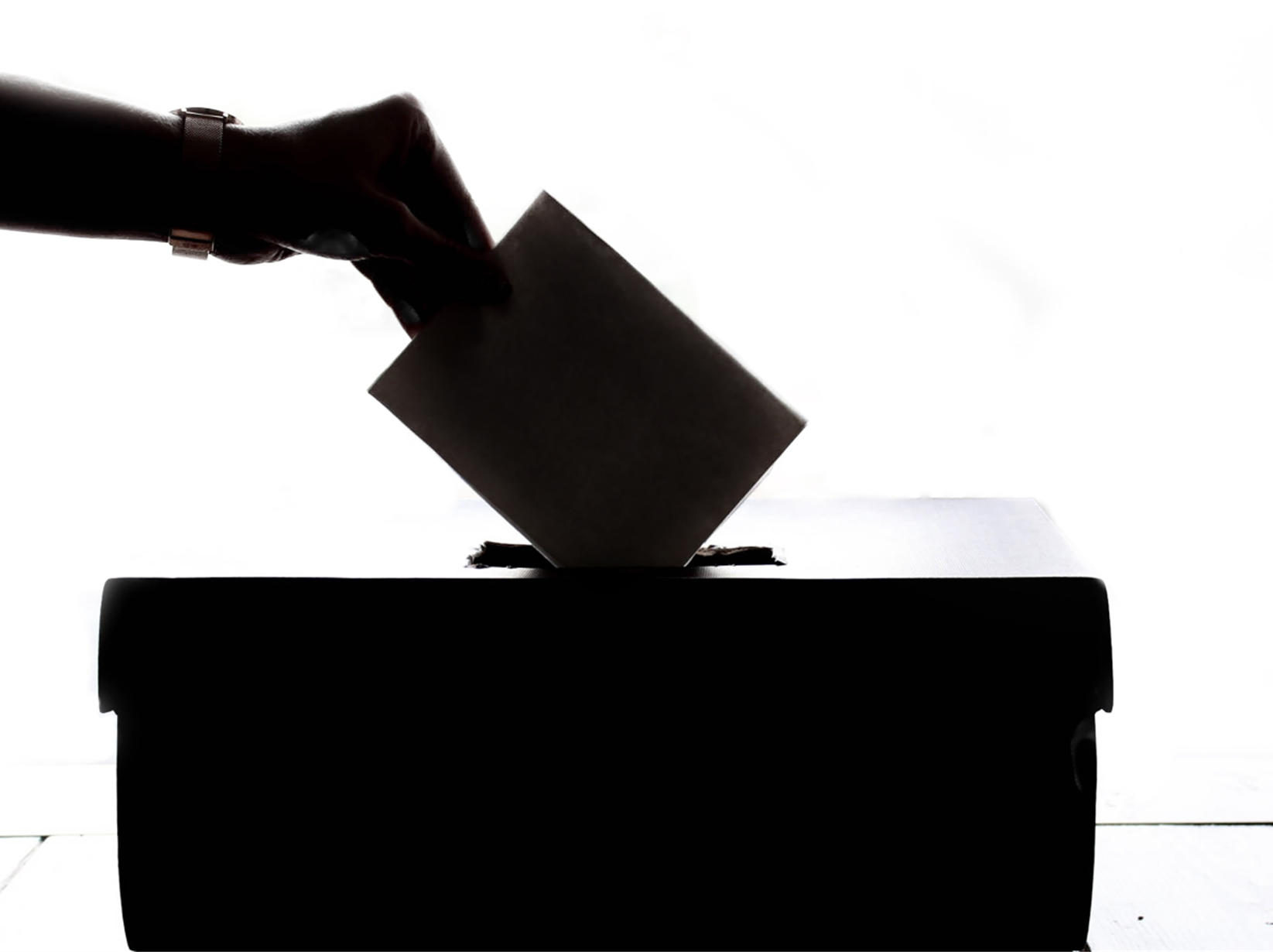
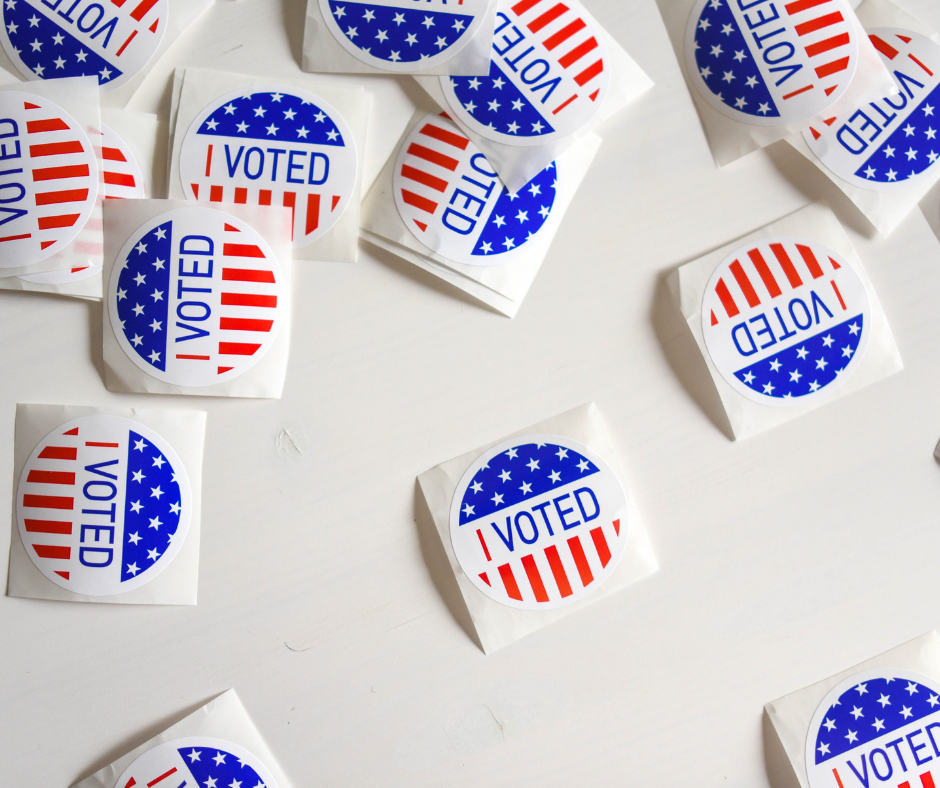




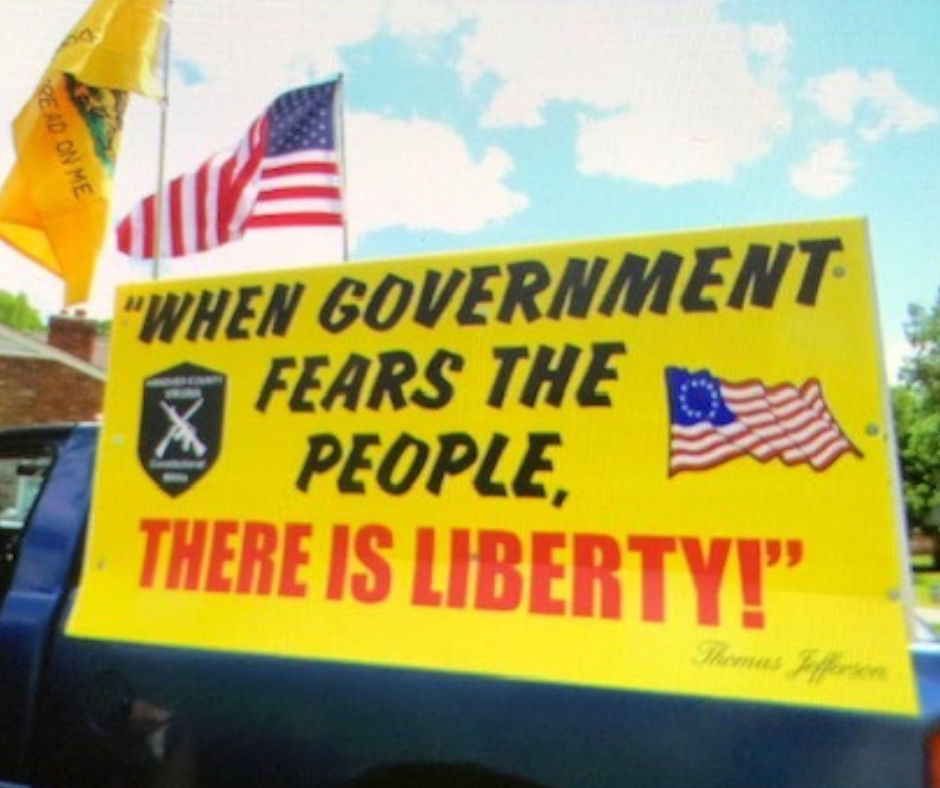
 The Importance of the Freedom Caravan
The Importance of the Freedom Caravan
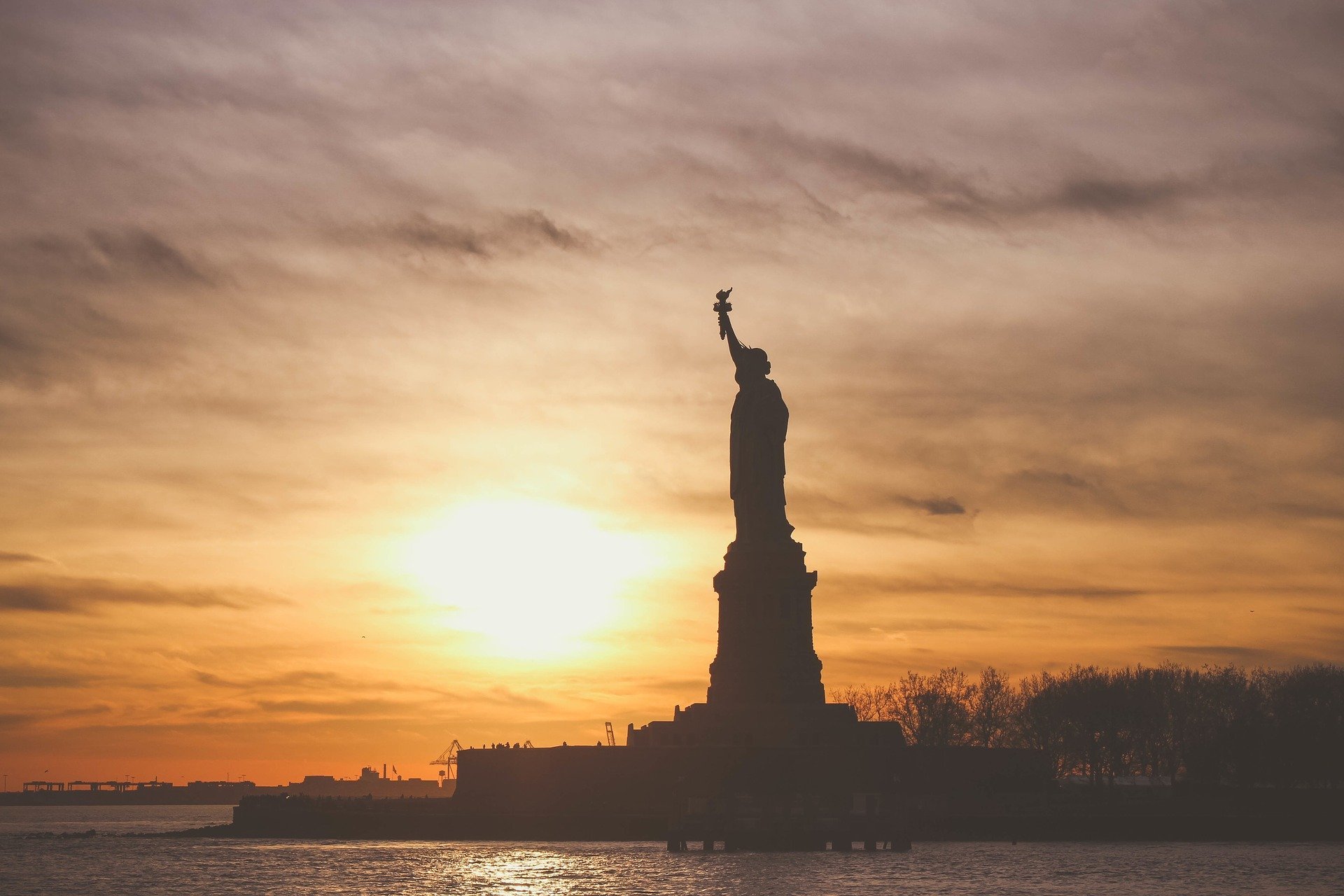


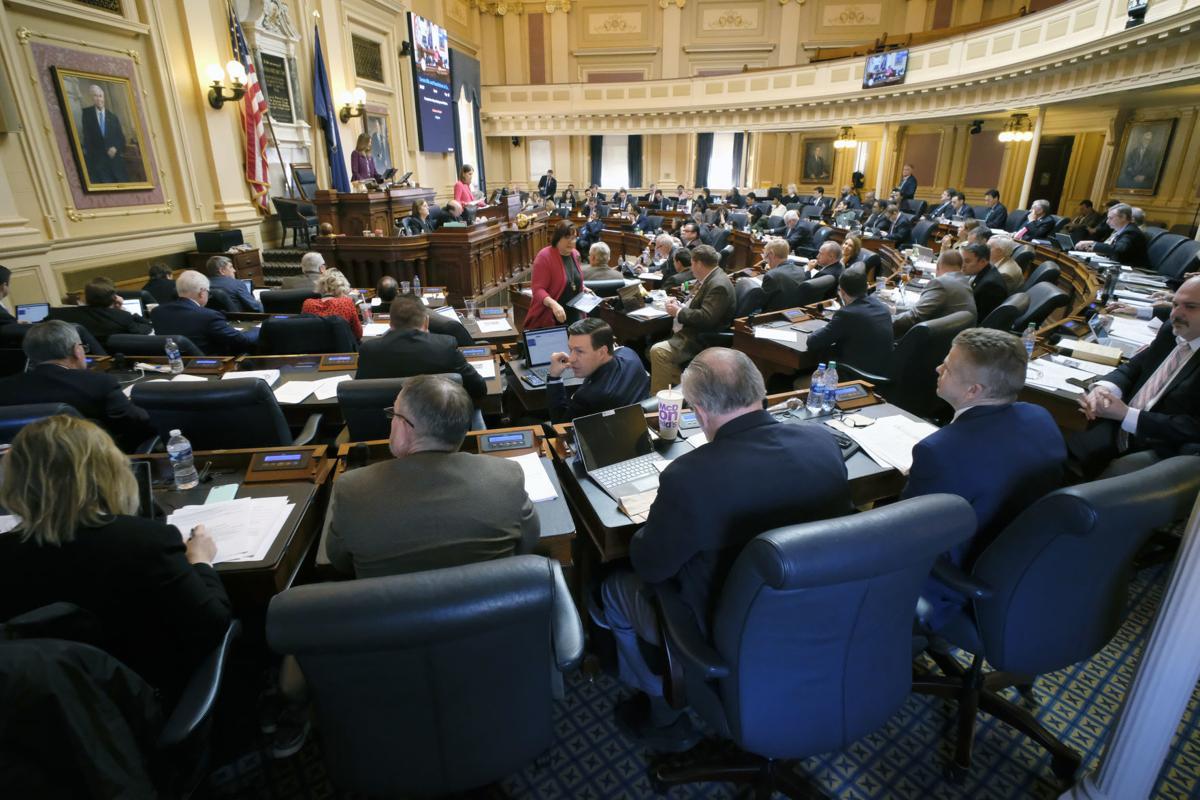

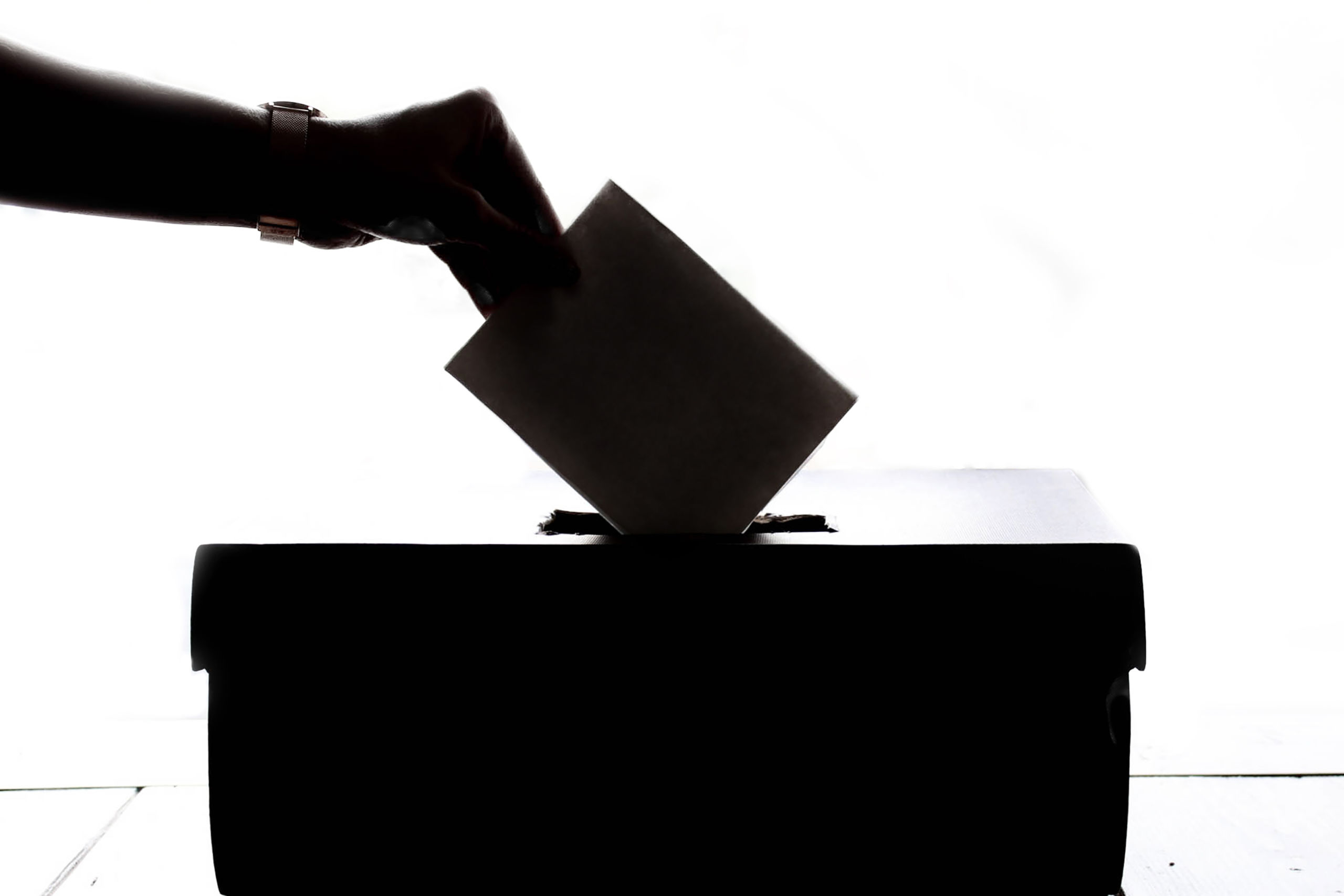



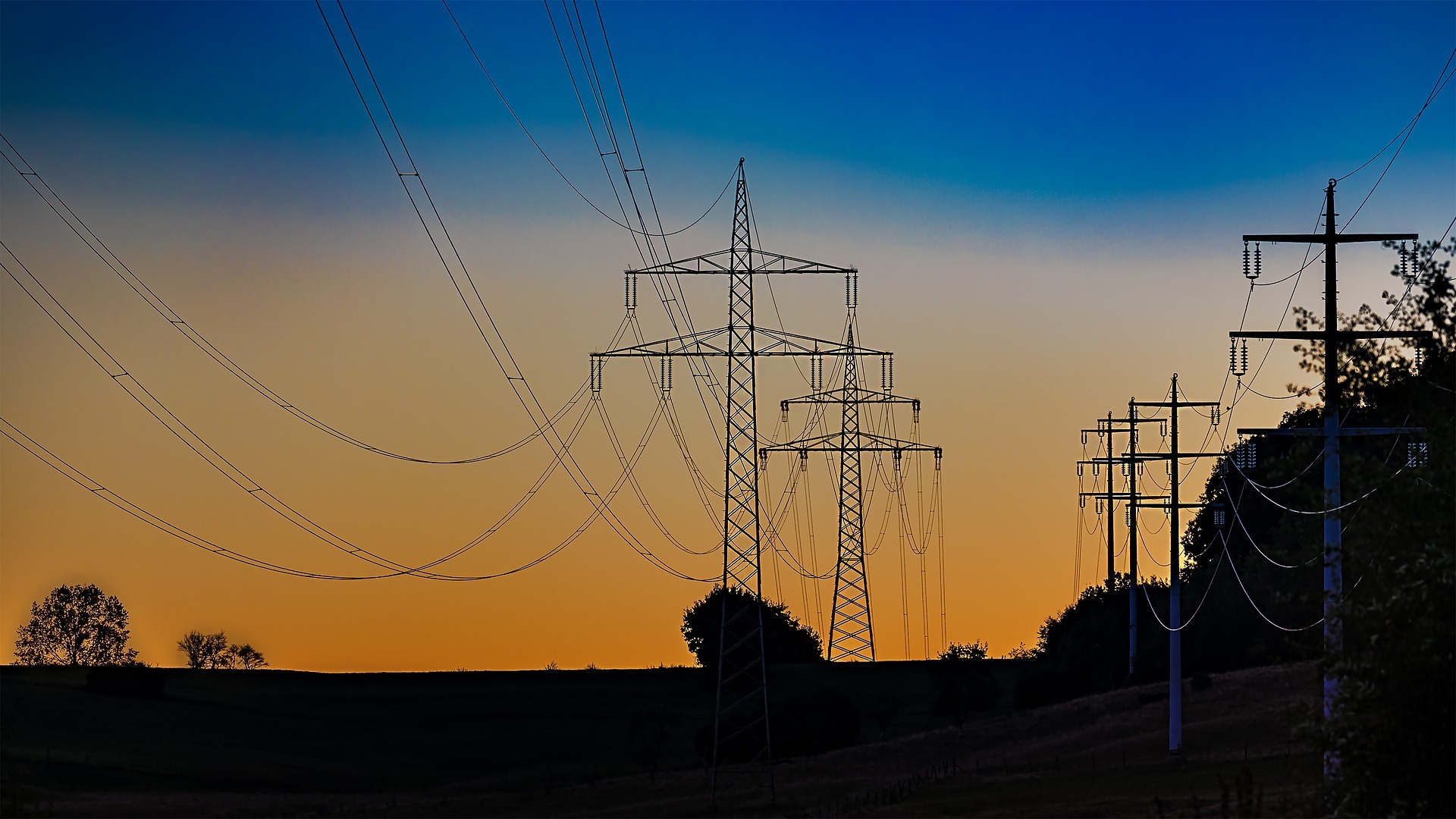
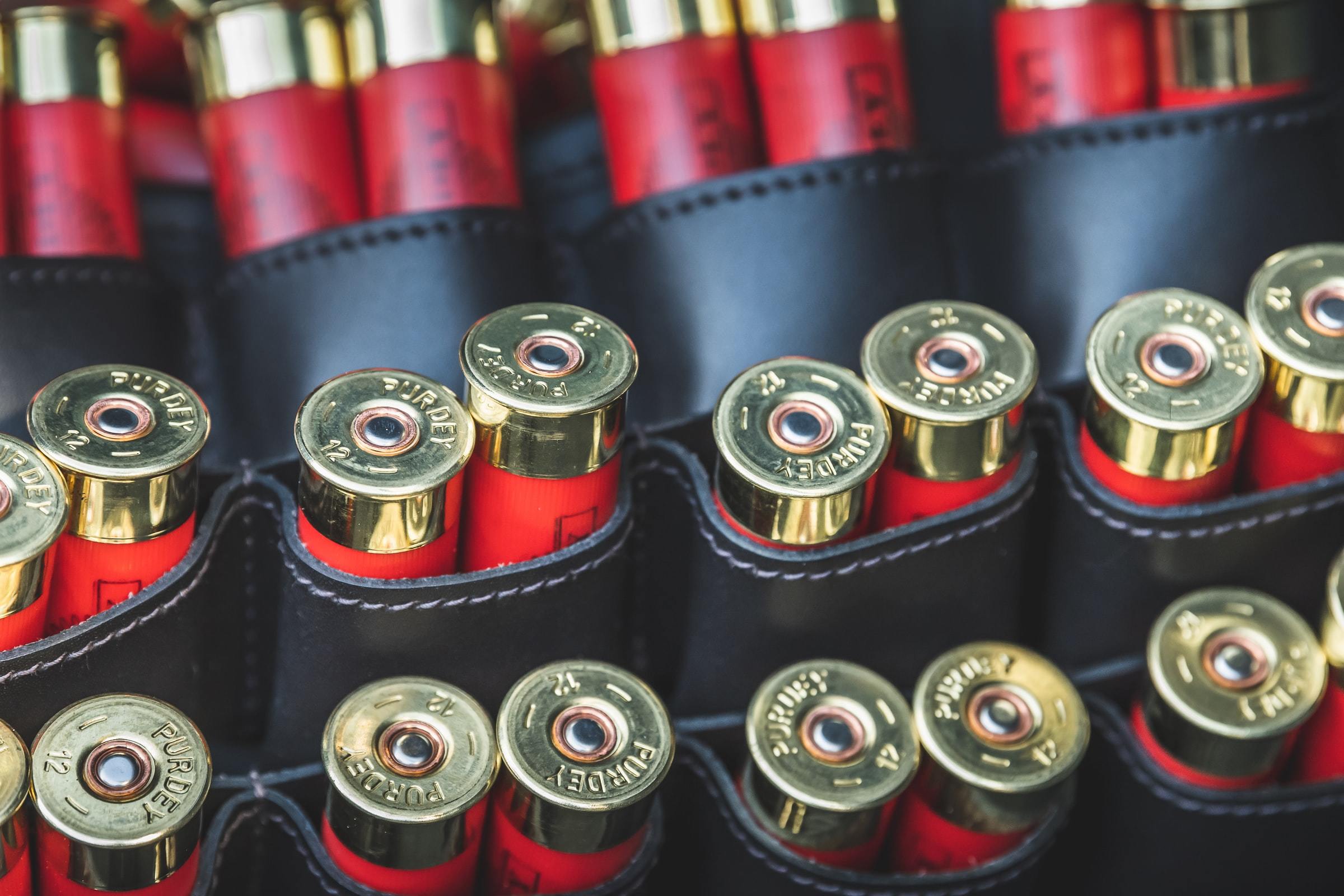



 Not Lying Down
Not Lying Down






